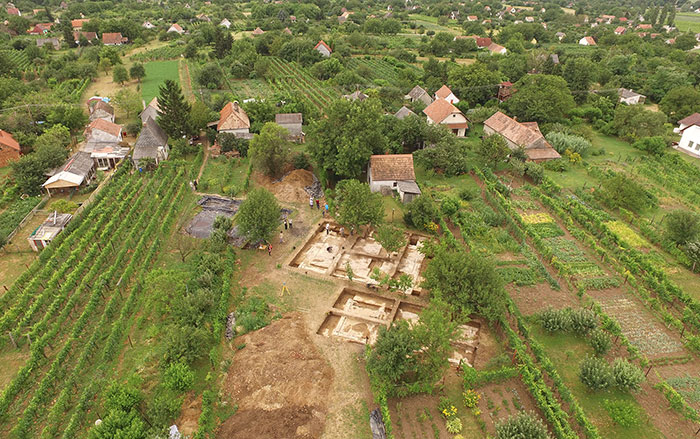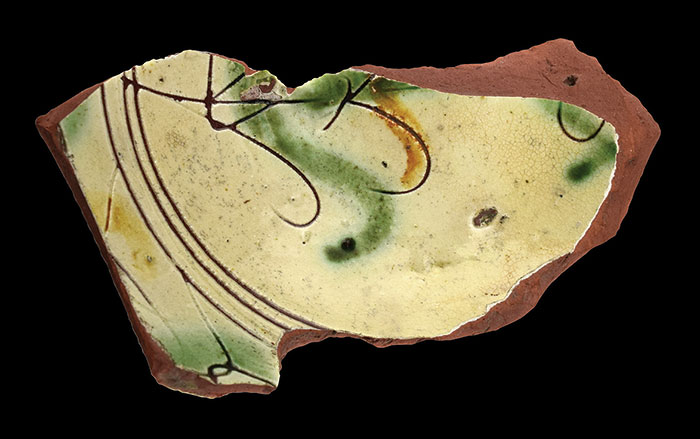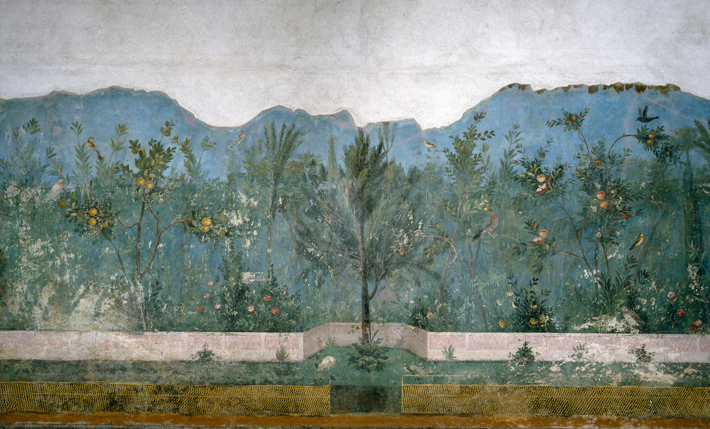
People have created gardens across the world and throughout time, and these spaces have been an essential part of the human experience. Gardens such as Eden, and also Gethsemane, where Jesus prayed and his disciples slept the night before his crucifixion, are, to this day, regarded as sacred. Gardens are also a key element in some of the best-known myths. One of the Labors of Hercules required the hero to steal, from a place on the far edge of the world called the Garden of the Hesperides, the golden apples that the goddess Hera had given to her husband Zeus as a wedding present. The palaces of the ancient Near East are known to have had spectacular gardens, including the Hanging Gardens of Babylon, one of the Seven Wonders of the Ancient World, whose precise location is still unknown.
Beginning in the mid-twentieth century, archaeologists started to apply the full range of methods available to identifying and understanding ancient gardens. As technology has evolved, researchers have not only been able to discover where gardens were located and, generally, what they were used for, but also to determine which individual plants were cultivated and how long they thrived. Along with written sources, this has allowed researchers to see how gardens changed over time and what they can tell us about the people and cultures who nurtured them.
-
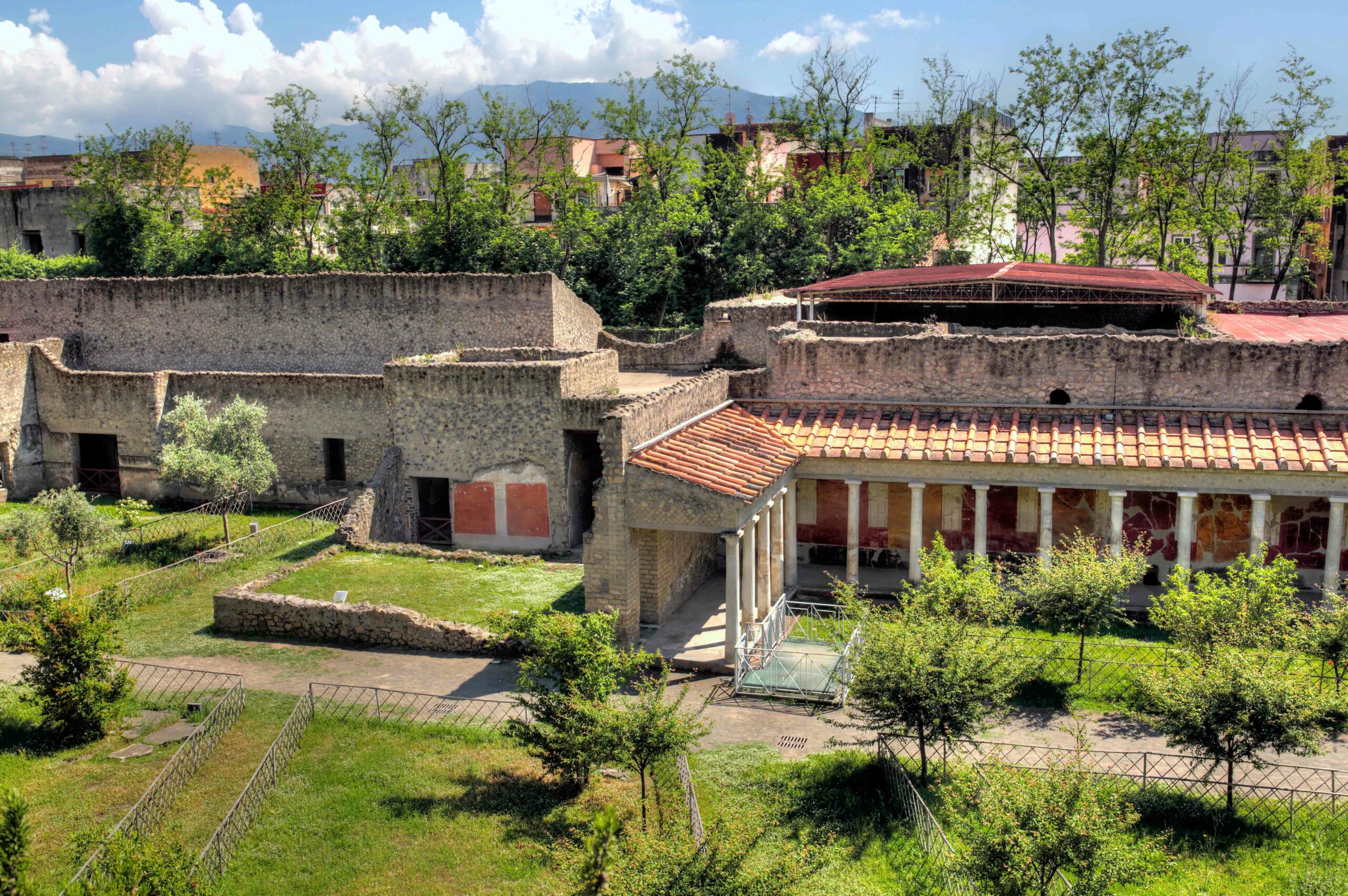 (Mike P. Shepherd/Alamy Stock Photo)
(Mike P. Shepherd/Alamy Stock Photo) -
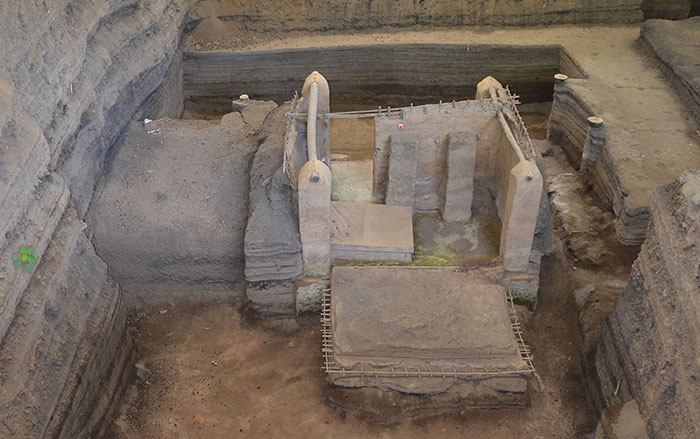 (Courtesy Payson Sheets)
(Courtesy Payson Sheets) -
 (Ranta Images/Shutterstock.com)
(Ranta Images/Shutterstock.com) -
 (Courtesy © Proyecto Djehuty/Jose Latova)
(Courtesy © Proyecto Djehuty/Jose Latova) -
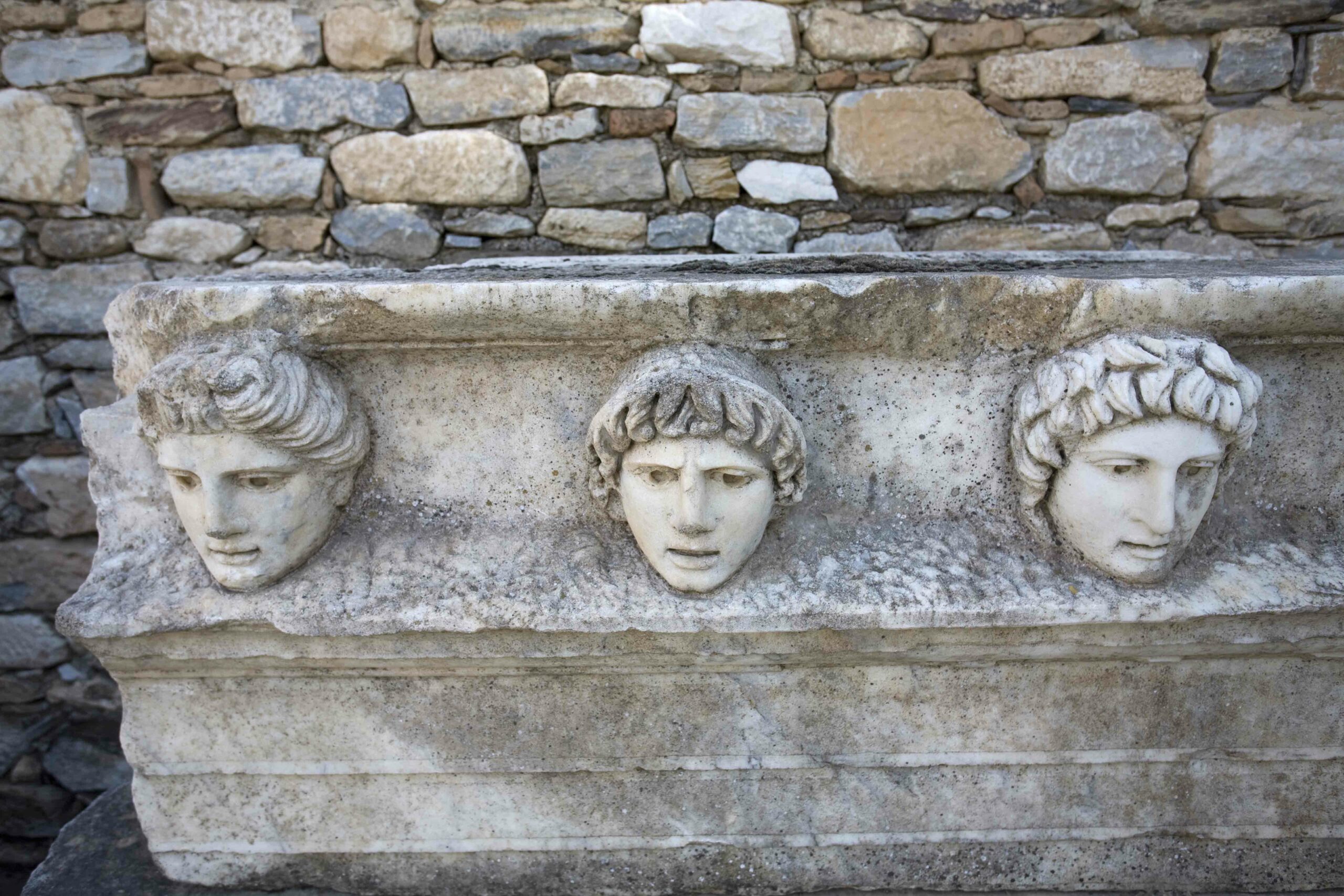 (Courtesy R.R.R. Smith/The Mica and Ahmet Ertegün South Agora Pool Project)
(Courtesy R.R.R. Smith/The Mica and Ahmet Ertegün South Agora Pool Project) -
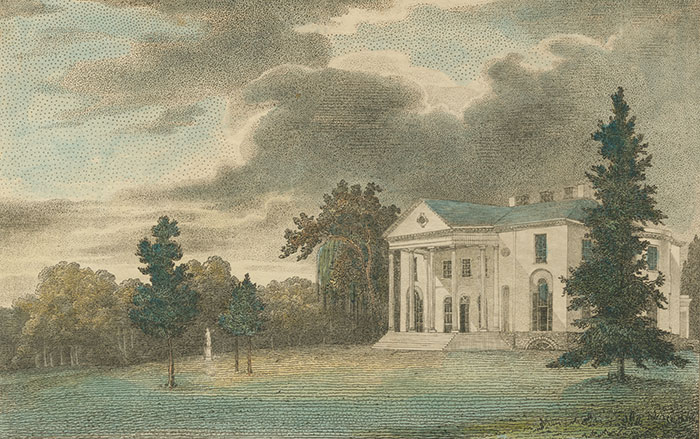 (Franklinia alatamaha / Natural History Museum, London, UK / Bridgeman Images)
(Franklinia alatamaha / Natural History Museum, London, UK / Bridgeman Images) -
 (Courtesy Cultural Heritage Administration)
(Courtesy Cultural Heritage Administration) -
 (Erich Lessing/Art Resource, NY)
(Erich Lessing/Art Resource, NY)









